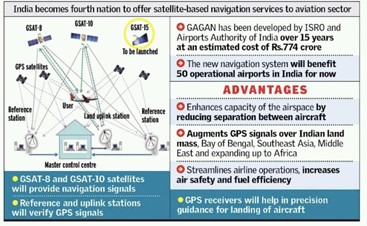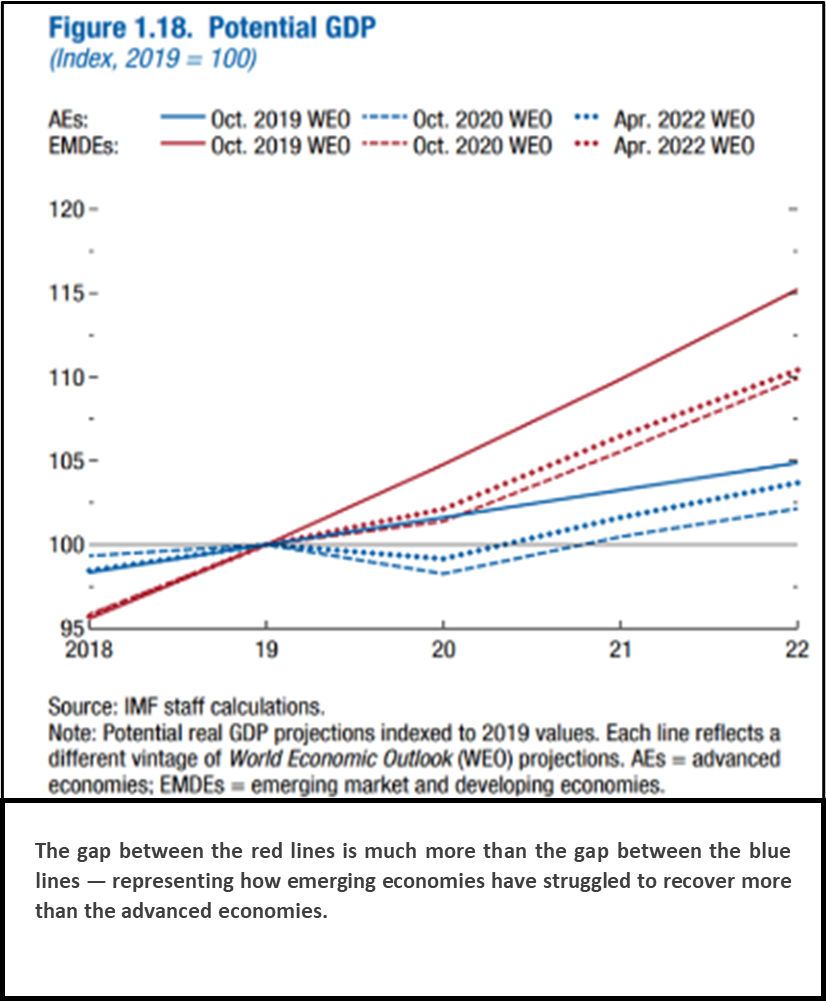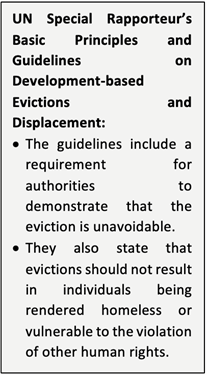Friday, 29th April 2022
RBI Credit Card Rules
In News
The Reserve Bank of India (RBI) has released directions on issuing credit and debit cards, aiming to empower card users and check misconduct of issuers.
About the News
- RBI has released a master circular consolidating all the old ones, to protect customer interest and arrest the misconduct of card issuers.
- The provisions relating to credit cards shall apply to every Scheduled Bank (excluding Payments Banks, State Co-operative Banks, and District Central Cooperative Banks) and all Non-Banking Financial Companies (NBFCs) operating in India.
- The new Rules are effective from 1 July 2022.
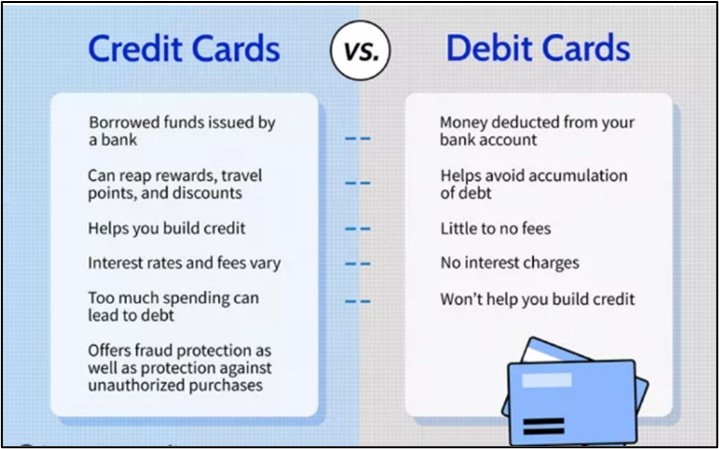
The Important Rules
- Non-bank lenders require permission of RBI before issuing credit cards. They must follow strict regulations on sharing data even with their co-branding partners.
- The role of the co-branding partner entity under the tie-up arrangement has now been limited to marketing/distribution of the cards and providing access to the cardholder for the goods/services that are offered.
- Since data sharing is now stopped, the interpretation is that RBI will be more open for a liberal credit card licensing regime and will be fine with NBFCs retaining risk on the balance sheet, as per bankers.
- The circular lays down the governance framework for issuing cards, underwriting standards, closure, interest rates, and other charges.
- Card-issuers shall ensure that there is no delay in sending/dispatching/emailing bills/statements and the customer has sufficient number of days (at least one fortnight) for making payment before the interest starts getting charged.
- No charges shall be levied on transactions disputed as ‘fraud’ by the cardholder until the dispute is resolved.
- It has also outlined rules around customer conduct, under which issuers must ensure that agents refrain from bad recovery practices.
- Card-issuers shall ensure that they, as also their agents, adhere to the extant instructions on Fair Practices Code for lenders.
- Additionally, the master directions stipulate time-bound closure of inactive cards.
- In case of a renewed or replaced card, the closure of an inactivated card shall be subject to payment of all dues by the cardholder.

Sources:
- Key takeaways from RBI circular on credit cards
- New credit card billing rules effective from July 1
- RBI issues master directions for issuance of credit cards: What cardholders should know
- Master Direction – Credit Card and Debit Card – Issuance and Conduct Directions, 2022
- Credit Cards vs. Debit Cards
LOGISEM VAYU – 2022
In News
Chief of the Air Staff has recently inaugurated a National Seminar on Logistics Management in New Delhi.
About the News
- In the event, the need for the Indian Air Force (IAF) to remain prepared for intense conflicts of short duration as well as long drawn out stand-offs were given a special reference to.
- Besides this, the importance of logistics in modern warfare, and the need for a foolproof logistical back up for the Military Commanders in the shape of supplies of various kinds, including war stores etc that are needed to plan and execute successful operations were also highlighted.
Understanding a short, intense conflict:
- In the Indian context, a short, intense conflict is often related to any potential military action which may take place between India and Pakistan.
- Given the fact that this potential conflict will take place with a nuclear overhang, with both India and Pakistan possessing nuclear weapons, strategic planners foresee that the war will be short, and of very high intensity in order to achieve the war goals before the nuclear threshold of either country is reached.
- This period of short, intense conflict could take place in a window of one week only.
- Earlier wars that have been fought between the two countries have been much longer in comparison.
- The 1947-48 Kashmir war carried on for several months, while the 1965 war took place in a three-week period.
- The 1971 war officially took place for only about two weeks, but the battle had started on the eastern front a month previously.
- The Kargil conflict in 1999 carried on for several weeks too but the fact that it remained localised and did not spread to other fronts makes it a unique one.
Why such a conflict? And what is the Lesson Learnt:
- With lessons learnt from Kargil as well as the mass mobilisation ordered under Operation Parakram in 2001 after the attack on Parliament, Indian military planners have come to the conclusion that a long drawn-out military conflict is not possible without the threat of potential use of a tactical nuclear device by Pakistan after facing severe reverses in the field through conventional battle.
- The Balakot strike by the IAF in Pakistan in the aftermath of the Pulwama terror attack in 2019 and the subsequent retaliation by Pakistan using air power also strengthened the understanding that short and fast-paced conventional sparring can take place without it leading into a bigger conflict.
- Thus, unlike the wars in the past when there was the luxury of building up forces over time, a sudden build-up in a minimum timeframe is the need of the hour now.
Way ahead:
- In a short, intense conflict there will be a lot of pressure to stock up fuel, spare parts, armaments etc in the shortest possible time, and that while the IAF will use its aviation assets for quick movement of Squadrons to forward areas, the road and rail networks will also be catering to the Army’s movement towards the theatre of operations.
- To avoid choking these lines of supply, the IAF must look at utilising civilian wide-body aircraft for its logistical requirements.
Source:
Panchsheel
On April 29, 1954 the Panchsheel, or Five Principles of Peaceful Coexistence, was first formally signed India and China's Tibet area. The principles of Panchsheel are Mutual respect for each other’s territorial integrity and sovereignty, Mutual non-aggression, Mutual non-interference, Equality and mutual benefit, and Peaceful co-existence. Panchsheel was born in response to a world asking for a new set of principles for the conduct of international relations that would reflect the aspirations of all nations to co-exist and prosper together in peace and harmony. Panchsheel as the principled core of the Non-Aligned Movement. Panchsheel was developed in the context of a post-colonial world where many were seeking an alternative ideology dedicated to peace and development of all.

Source:
Global Assessment Report on Disaster Risk Reduction 2022 (GAR2022)
In News
The UN Office for Disaster Risk Reduction (UNDRR) released the Global Assessment Report on Disaster Risk Reduction 2022 ahead of the Global Platform for Disaster Risk Reduction in May 2022, which has warned that the world will face around 560 disasters every year by 2030.
The challenges on the rise w.r.t. Disasters
- Human action is creating greater and more dangerous risk and pushing the planet towards existential and ecosystem limits.
- If current trends continue, the number of disasters per year globally may increase from around 400 in 2015 to 560 per year by 2030 – a projected increase of 40% during the lifetime of the Sendai Framework.
- For droughts, there is a large year-on-year variation. Current trends indicate a likely increase of more than 30% between 2000 and 2030.
- The number of extreme temperature events per year is also increasing and based on current trends will almost triple from 2001 to 2030.
- Disasters have negative impacts on biodiversity and environmental sustainability as well as social and ecological systems.
- The average annual direct economic loss from disasters has more than doubled over the past three decades.
- Moreover, poor are more exposed to disasters even within high-risk countries.
- In India, in the old city of Ahmedabad, demonstrated that in a poor socioeconomic area, people do not have the financial and food resources to comply with restrictions on movement in the absence of social protection measures.
- The indirect impacts of disasters can have wide-ranging cascading impacts on other aspects of structural or social inequality and other social evils like violence against women and homicides.
- These trend lines do not take into account future climate change impacts nor the fact that current choices mean the world is set to exceed the Paris Agreement’s global average maximum temperature increase target of 1.5°C by the early 2030s.
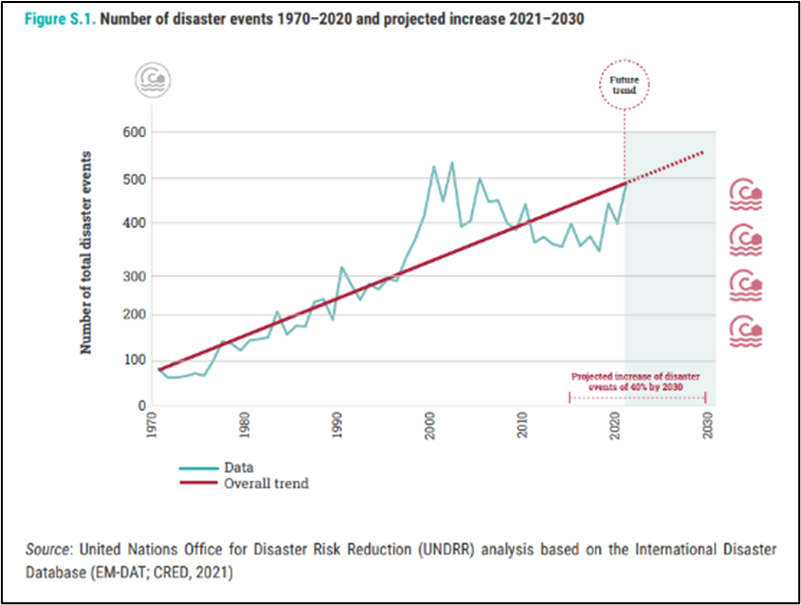
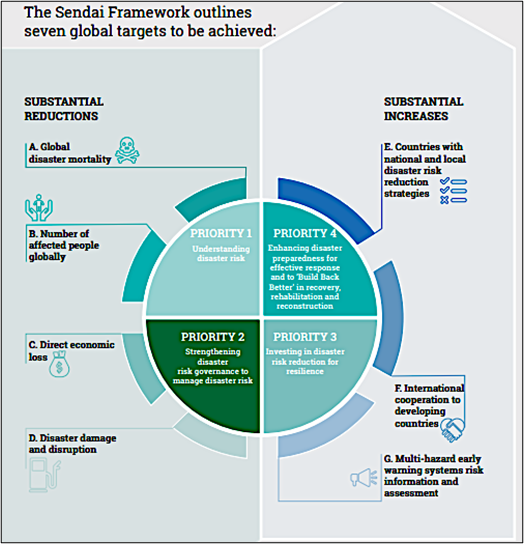
Risk Identification process for better Estimation of Disasters
- Policy and personal action now can reverse this trend, but only if systemic risk is better understood and risk reduction action is accelerated.
- However, systemic risk occurs in today’s globalized world through interconnected digital and physical infrastructures, globally integrated supply chains and factors such as urbanization and increased human mobility.
- Systemic risk is increasing due to human actions. Inequality, poverty, discrimination and environmental degradation are the key drivers. Human choices affect the severity of both intensive and extensive risk.
- For example, the pursuit of ever more efficient food systems has led to greater reliance on trade to fill production gaps or to absorb oversupply, and agricultural practices have become less resilient. When the buffers are breached, it may lead to a cascading disaster.
- Systemic risk cannot be eliminated entirely, but it can be reduced and addressed more effectively to make systems more resilient globally.
- Addressing systemic risk requires building on existing risk reduction know-how, and also developing enhanced approaches to address the characteristics of systemic risk such as its cascading effects and inherent complexity and uncertainty
The Action
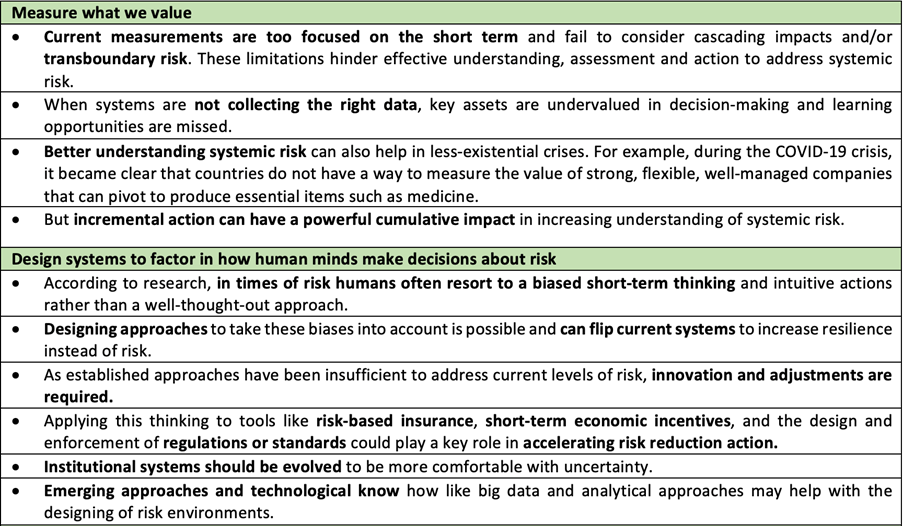


Conclusion:
Risk is increasing globally, as are the number and costs of disasters. As risk multiplies, it has increasing impacts on communities and also on whole systems. Global impacts become local, and vice versa. With the experience of the covid pandemic and climate change, uncertainty has become certain. The best defence against future shocks is to transform systems now and build resilience by addressing climate change and other hazards using indigenous and new-age technological know-how, and effective risk perception and communication. The baseline is established- the time for action is now.
Question: Discuss the need for change in mindset with reference to disaster risk reduction in coming times.
Sources:
Four planets line up in the sky
This is image of the apparent alignment of four of the brightest planets — Venus, Mars, Saturn and Jupiter — in a line. This celestial spectacle awaits the early riser who wishes to gaze out at the pre-dawn skies. This year, the planets will appear close in the months of April and May. The four planets can be seen in the eastern sky before sunrise, from close to 4 a.m. to before sunrise. They are bright so can also be seen in early twilight. Since the planets appear close, we on Earth now have a reference against which to observe the motion of these fast-moving planets.

Source:
Labour Force Participation Rate (LFPR)
- Context: The Centre has recently refuted media claims of decrease in Labour Force Participation Rate (LFPR) by citing official data.
- Labour force consists of persons who are of age 15 years or older, and belong to either of the following two categories:
- are employed
- are unemployed and are willing to work and are actively looking for a job
- The commonality between the above two categories is that they both have people “demanding” jobs and this refers to LFPR.
- Thus, the LFPR is the percentage of the working-age (15 years or older) population demanding a job.
- The Unemployment Rate (UER), which is routinely quoted by media is nothing but the number of unemployed (category 2) as a proportion of the labour force.
- The world over, LFPR is around 60%, while In India, it has been sliding over a decade and has shrunk from 47% in 2016 to 40% in 2021.
- This, in turn, affects the UER because LFPR is the base (the denominator) on which UER is calculated.
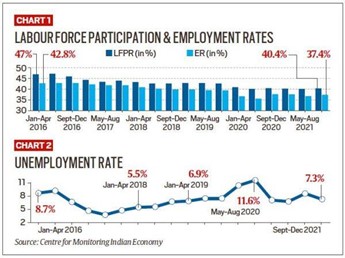
Source:
- Explained: State of (un)employment in India
- Centre rebuffs media reports of decline in Labour Force Participation Rate
Image source:
Innovative Agriculture
- Context: NITI Aayog has recently organized a National Workshop on “Innovative Agriculture”.
- The workshop aimed to utilize the research experience, knowledge, and expertise of all the international experts to aid in the capacity building of Indian researchers, scientists, and policymakers towards the promotion of India’s natural farming.
- Shifting to natural farming has numerous significance such as significant cost reduction of cultivation, improved soil health, yield enhancement, helping farmers to optimize their work etc.
- The session also emphasized on the need for the promotion of regenerative agriculture strategies with the goal of reversing mitigating climate change via traditional farming systems the importance of sustainable agro-ecological food systems, need for green economics in India, and the role that is played by natural farming to make agriculture climate-resilient.
- This will act as the driving force to transform food systems, lifts farmers out of poverty, tackles unemployment for youth and rural women, thereby helping the world to achieve food security and the Sustainable Development Goals (SDGs).
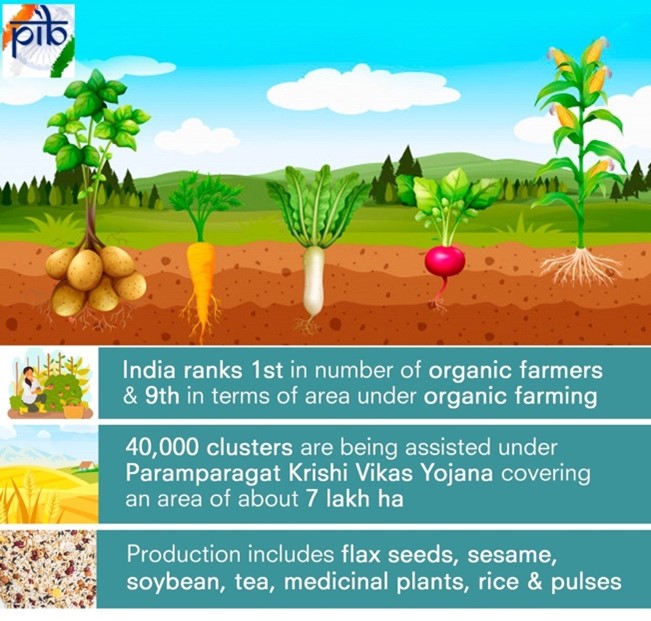
Source:
- NITI Aayog Organizes National Workshop on “Innovative Agriculture”
- FAO’s work on agricultural innovation
Image source:
Raisina Dialogue - Edukemy Current Affairs
- Context: The Prime Minister has recently attended the inaugural session of Raisina Dialogue 2022.
- The Raisina Dialogue is an annual Geo-political event organised by the Ministry of External Affairs in collaboration with Observer Research Foundation.
- It is a multilateral conferencecommitted to addressing the most challenging issues facing the global community.
- Each year, global leaders in policy, business, media and civil society are hosted in New Delhito discuss cooperation on a wide range of pertinent international policy matters.
- The Dialogue is structured as a multi-stakeholder, cross-sectoral discussion,involving heads of state, cabinet ministers and local government officials, as well as major private sector executives, members of the media and academics.
- The Raisina Dialogue 2022 has been modelled along six thematic pillars:
- Rethinking Democracy: Trade, Tech and Ideology
- End of Multilateralism: A Networked Global Order?
- Water Caucuses: Turbulent Tides in the Indo-Pacific
- Communities Inc: First Responders to Health, Development, & Planet
- Achieving Green Transitions: Common Imperative, Diverging Realities
- Samson vs Goliath: The Persistent and Relentless Tech Wars

Source:
Image source:
Maligaimedu site
- Context: Chief Minister of Tamil Nadu has recently inaugurated the second phase of excavation at Maligaimedu near Gangaikondacholapuram in Ariyalur district.
- Gangaikondacholapuram was established by King Rajendra Chola after his victorious expedition to the Gangetic plains.
- He also built Brihadeeswarar Temple there as an example of the architecture of Chola empire, which has been declared a protected monument.
- Archaeological excavations in Maligaimedu were carried out in 1980, 1981, 1985, 1987, 1991 and 2010, during which remains of Chola palaces were found.
- Pottery, roof tiles, iron nails, ornate stones, bracelets, bells, ivory carvings and coins were unearthed.

Source:
- Digging to recommence at Maligaimedu site for more archaeological evidence
- Archaeological Excavation on cards in Ariyalur’s Maligaimedu site inspected
Image source:
Revisiting death penalty jurisprudence: The Hindu
Essence: The article is written in the context of the Supreme Court’s recent decision to critically examine the routine and abrupt way in which trial judges often impose the death penalty on convicts.
According to the Court, a ‘one size fit for all’ approach should end and individualistic approach that examines the social, economic, emotional, and genetic components that constituted the offender rather than the offence in evolving a just and judicious sentencing policy should be adopted. The Court also indicated the need for mitigation experts to assist trial courts.
Even the Bachan Singh vs State of Punjab (1980) case says that death penalty could be resorted to only in the rarest of rare cases by examining the condition and the reformability of the accused. However, it was not followed in letter and spirit, as in Ravji vs State of Rajasthan (1995), the Supreme Court said that it is the nature of the crime and not the criminal which is germane for deciding the punishment.
As per the author, due to the misuse and overuse of the death penalty, the poor being convicted the most due to lack of proper defence and the judgmental error is quite frequent in India, the Court must revisit the question of the constitutional validity of death penalty.
Why should you read this article?
- To understand the stand of the Supreme Court when it comes to death penalty.
- To understand about the Bachan Singh vs State of Punjab (1980) case verdict on death penalty.
- To know the authors arguments to remove death penalty.
Source:'
India’s e-belt and road initiative for digital diplomacy: Live Mint
Essence: The editorial speaks about India’s journey in digital transformation and its opportunity to lead the world in e-corridors for the world. Issuing digital identity cards, digital vaccine certificates, UPI transactions are witness to India’s digital success. To add to it, Aadhar’s architecture could be scaled to provide similar services to other countries as well.
Countries like Bhutan, Nepal, UAE, and Singapore have already integrated well with India’s payment network. Finance sector’s collaboration with IT sector provides an opportunity to give health, education, and finance services to the developing world. India’s policy design towards open standards, digital public goods, are being appreciated throughout the world. The e-diplomacy provides for greater outreach with optimal inputs.
Why should you read this article?
- To know India’s collaborations with other nations on e-projects.
- To understand the significance of digital diplomacy.
Source:
Managing the fiscal shock of the Russia Ukraine conflict: Indian Express
Essence: The editorial revisits the opportunities and challenges in fiscal management due to Russia-Ukraine war. Due to inflation, there would be growth in real gdp of the nation, tax collection has remained better than before. There could be less collection of excises due to inhibition to use high cost products. Fertilizer subsidy would certainly increase and so would the cost of food products. PDS procurements need to be rationalized as the MSP prices are at all time high and so are the PDS procurements. Disinvestment targets seem fairly achievable and due to LIC disinvestment, target of 65kCr seem fairly achievable.
Therefore, the course and length of the war are critical. The longer the conflict continues the greater will be the impact. While the government has adeptly managed the fiscal numbers in the last couple of years, this year will be particularly challenging considering the nature of the shock.
Why should you read this article?
- To know the state of India’s finance during the international crisis.
- The impact of wars on the economies all over the world
Source:
Plastic Bottles turned into Urinals
Background:
In India, people urinating in public places has become a common sight. Ashwani Aggarwal of Delhi has devised a practical and cost-effective solution to this problem.

About the Initiative
- Ashwani Aggarwal founded BasicShit in 2014, which started as a college experiment. But, it has grown into an outstanding and sustainable solution to a public health concern, using plastic trash to produce urinals, spitting bowls, toilets, and other items.
- PeePee is a brand of public urinals created by the company. Nearly 9,000 plastic bottles are recycled to build one PeePee toilet.
- BasicShit urinals, unlike standard ones, include unique cartridges that treat urine before it reaches the sewage system, minimising odour.
Quote: We humans have become dependent on plastic for a range of uses, from packaging to products. Reducing our use of plastic bags is an easy place to start getting our addiction under control.- David Suzuki
Source:
Share the article
Get Latest Updates on Offers, Event dates, and free Mentorship sessions.

Get in touch with our Expert Academic Counsellors 👋
FAQs
UPSC Daily Current Affairs focuses on learning current events on a daily basis. An aspirant needs to study regular and updated information about current events, news, and relevant topics that are important for UPSC aspirants. It covers national and international affairs, government policies, socio-economic issues, science and technology advancements, and more.
UPSC Daily Current Affairs provides aspirants with a concise and comprehensive overview of the latest happenings and developments across various fields. It helps aspirants stay updated with current affairs and provides them with valuable insights and analysis, which are essential for answering questions in the UPSC examinations. It enhances their knowledge, analytical skills, and ability to connect current affairs with the UPSC syllabus.
UPSC Daily Current Affairs covers a wide range of topics, including politics, economics, science and technology, environment, social issues, governance, international relations, and more. It offers news summaries, in-depth analyses, editorials, opinion pieces, and relevant study materials. It also provides practice questions and quizzes to help aspirants test their understanding of current affairs.
Edukemy's UPSC Daily Current Affairs can be accessed through:
- UPSC Daily Current Affairs can be accessed through Current Affairs tab at the top of the Main Page of Edukemy.
- Edukemy Mobile app: The Daily Current Affairs can also be access through Edukemy Mobile App.
- Social media: Follow Edukemy’s official social media accounts or pages that provide UPSC Daily Current Affairs updates, including Facebook, Twitter, or Telegram channels.

